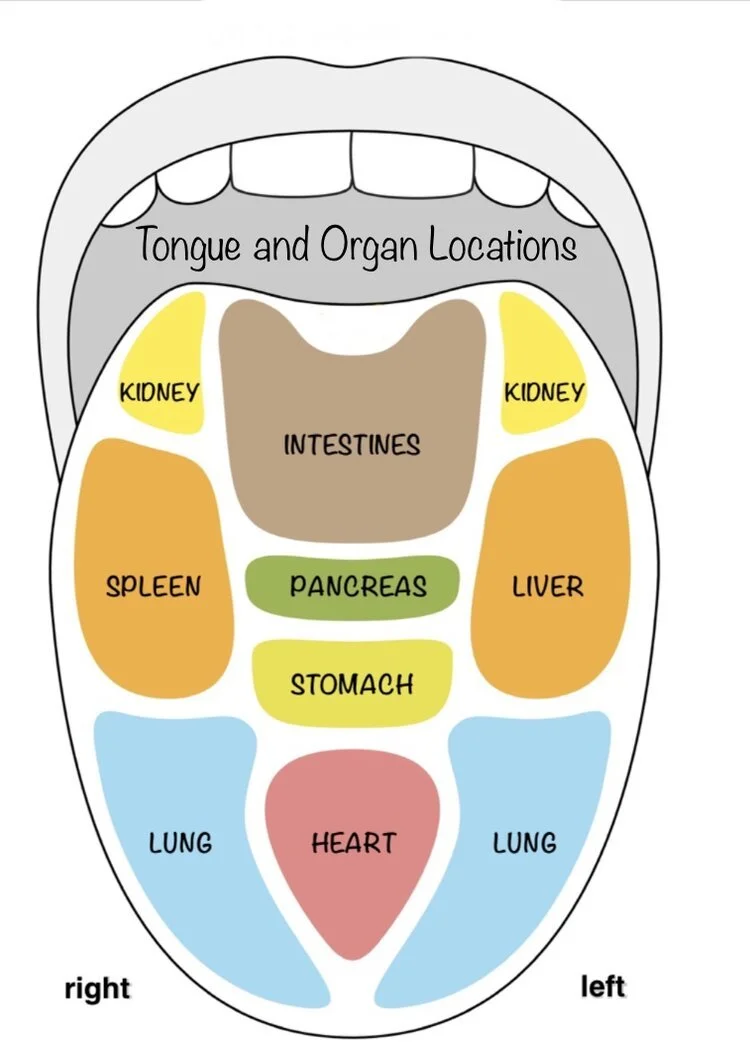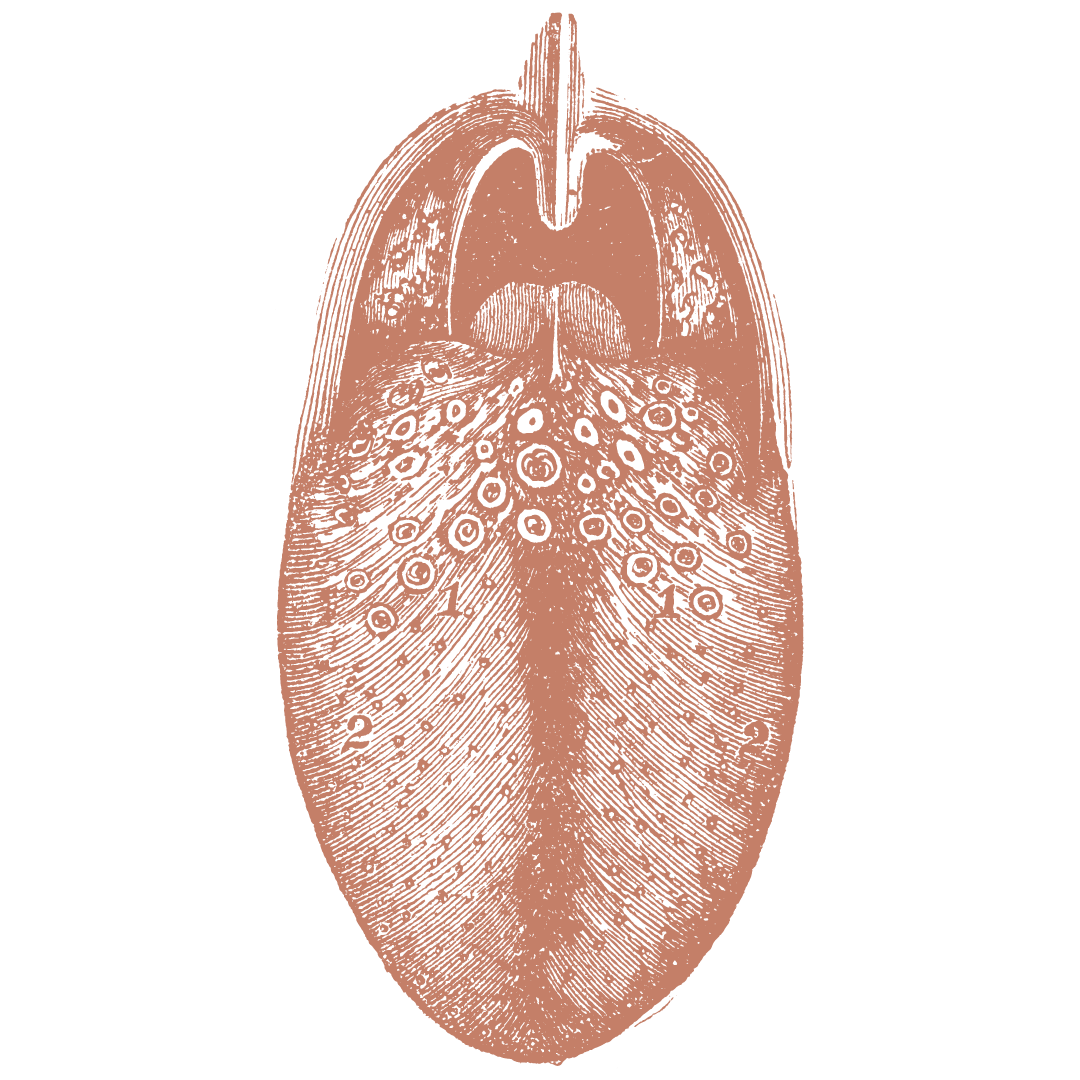
Mung bean soup
In Ayurveda mung beans are highly revered as they are full of goodness, are easy to digest and they are brilliant at drawing energy downwards to assist in digestion – great for those struggling to eliminate.
Mung Bean Soup
In Ayurveda mung beans are highly revered as they are full of goodness, are easy to digest and they are brilliant at drawing energy downwards to assist in digestion – great for those struggling to eliminate.
You can also make this into my favourite, Pea and Mint soup by adding frozen peas and plenty of chopped fresh mint to taste.
For 3 servings
Ingredients
1 cup of whole green organic mung beans soaked overnight or for at least 4 hours
1 cup of mixed and chopped veg such as peas, broccoli, carrots (optional)
1 cup of green leaves such as spinach or chard (optional)
2 litres of water approx.
1 tbsp of coconut oil or ghee
1tsp turmeric powder
1-2 tsps of garam masala (go easy if your pitta is strong.
1/4tsp of asafoetida (hing)
1tbsp fresh root ginger grated
2 cloves of garlic (again go easy if pitta strong and mind already agitated)
Salt and pepper
Vegan stock
Freshly chopped herbs such as mint, basil, coriander etc to serve.
Method
Heat the coconut oil/ghee in a large saucepan and add all the spices and stir until the aromas are released – be careful not to burn!
Drain, rinse and add the mung beans and stir until they are coated with the spices.
Add the water and bring to the boil, boil uncovered for 5 minutes stirring occasionally.
Reduce the heat to low, add veggies and cover, leaving the lid slightly ajar. Cook until tender, approx. 20 minutes.
Add greens, grated ginger, stock and salt and pepper to taste and return to the heat for 5-10 minutes until beans are soft. Please note that adding salt earlier will make the beans take longer to cook.
Serve hot with any further fresh herbs. You can also blend for a creamy consistency.
What does your tongue say about your health?
Have you ever wondered what your tongue can tell you about your health just by looking at it?
In Ayurveda, the tongue is key in diagnosis, and an Ayurvedic practitioner can get a pretty good idea of a person’s constitution and health just by looking at it – some of you have had the pleasure of showing me your tongue for this very reason!
Image credit https://vibrationalayurveda.com/the-tongue-darshan-parksha-1. (no copyright intended)
Have a look at your tongue next time you are near a mirror. Is there a thick, white coating on it? If so, you would benefit from tongue cleaning, and can read more here
The shape of your tongue can also help you to identify your constitution:
Vata – narrow and off centre
Pitta – medium width and pointy
Kapha – wide and thick
The colour of the tongue also gives information. A healthy tongue looks clean and pink and will have very little coating. Generally, in a relatively healthy patient, there is a slight coating on the back of the tongue, which indicates toxins in the colon undigested, unabsorbed or unassimilated form.
Generally, a purple tongues indicates a vata imbalance, a rich red colour indicates a pitta imbalance and a very pale tongue indicates a dim fire and a kapha imbalance.
The colour of the coating is also significant:
Vata - dark brown/greyish/black coating
Pitta - red/orange/yellow/green coating
Kapha - whitish coating
The landscape of the tongue can reveal an even clearer picture:
Ridged edges or teeth marks around the edge of the tongue indicate malabsorption. Products like artificial sweeteners and chemicals in the diet can compromise the intestinal wall and can prevent the body from absorbing all the needed nutrition from food.
Foam on the tongue can indicate candida, a yeast-like overgrowth, which is generally fed by too much sugar in the diet.
A puffy tongue or a tongue with waves along the perimeter is indicative of stagnant lymph. Eating meals too late at night or drinking wine in the evening can create a puffy tongue.
Ulcers on the tongue can indicate a pitta imbalance and can be treated by a change in diet and medicinal herbs. Talking of such changes, this can influence taste and taste plays an important role in Ayurveda, but more on that another time.
Obviously people are individual and complex and no single sign is absolute so any diagnosis will take into consideration various other factors such as digestive function (any bloating, heart burn, acidity, acid-reflex, constipation, excess flatulence etc.) and diet and lifestyle choices, which is the reason it is important to seek help from an Ayurvedic professional such as myself, so that we can use our experience and knowledge to help you individually.
Using a tongue clearer can be a really helpful way of removing topical toxins each morning and stimulating the digestive process to prevent the build-up of new toxicity. You can invest in a tongue scraper here
Understand your tongue!
Checking your tongue each morning can be a really helpful tool in keeping track of your personal health on a daily basis. I look at my tongue each morning and throughout the day if needed, to gain an understanding of my digestive function Noticing and understanding our tongue gives us direction as to where we might need to make adjustments with our food, herbal medicines and lifestyle choices such as sleep etc.
Image credit https://vibrationalayurveda.com/the-tongue-darshan-parksha-1. (no copyright intended)
Remember Ayurveda is all about self-knowledge and self-healing, it is a preventative approach, and your tongue is just one more place to gain insight!
If you know you are out of balance and feel to heal yourself, then do reach out. Ayurveda is amazing. More information here
CCF tea
Coriander seed, cumin seed & fennel seed
Here’s a tea which can be drunk between meals to flush ama from the system, kindle agni (digestive fire) and reduce digestive disturbances such as flatulence, bloating and acidity.
CCF can also help with malabsorption so that you don’t ‘waste’ energy by eating nutrients that your body can’t absorb. This tea may also help with constipation, loose stools, UTIs, lung congestion and fluid retention.
Mix:
1tsp each of coriander seeds, cumin seeds and fennel seeds with 1.25litres of water and
Simmer with 1.25L of water for at least 8 minutes. Strain and drink throughout the day between meals.
Delicious dairy-free chocolate biscuits
This recipe has been inspired from The Good Stuff by Lucinda Miller
A healthier option for a sweet treat!
Ingredients
175g organic oats
60g organic sunflower seeds
20g organic cocoa powder/cacao powder
40g organic coconut sugar
100ml organic maple syrup
65g melted dairy free butter or 65ml coconut oil
Method
Preheat the oven to 180c/160c fan and line two baking trays with parchment paper
Blitz the oats and sunflower seeds together in a food processor until you have a flour like consistency
Tip the mixture into a large bowl and stir in the cocoa or cacao powder and sugar followed by the maple syrup and melted butter or coconut oil
Combine the ingredients into a firm ball and leave in the fridge for 15 minutes
Then use your hands to make small golf size balls of mixture which you can place on the baking tray and use a fork to gently push down on the ball to create a biscuit shape
(The other option is to place parchment paper over the mixture and use a rolling pin to flatten it before using cookie cutters. I don’t find this works so well)
Bake for 11-12 minutes before leaving them firm up on the trays before transferring to a wire rack to cool
This recipe has been inspired from The Good Stuff by Lucinda Miller.
Balancing miso noodles
This recipe has been inspired from The Everyday Ayurveda Cookbook by Kate O’Donnell
A yummy recipe to balance all the festive food!
Ingredients
4 cups of filtered water
8oz organic tofu cut into cubes
2 cups of chopped veg including some green leaves, such as sea beet (which you can forage at Saints and L’Eree), spinach, chard or kale
½ cup of sea veg, wakame works well
2 handfuls of organic rice noodles
2 tbsp of organic red or white or brown miso
Method
Bring the water to boil in a large saucepan;
Add the tofu, chopped veg and sea veg;
Reduce heat to medium and simmer, covered, for about 10 minutes
Meanwhile, prepare the noodles and add for the last minute of cooking
Prepare the miso by mixing it in a bowl with some hot water (not boiling) to make a paste. Add to the soup and stir before serving.
Please note that you shouldn’t boil miso as this kills the enzymes
This recipe has been inspired from The Everyday Ayurveda Cookbook by Kate O’Donnell
Vata-balancing overnight oats
This is a very easy recipe to make in advance and can stay in the fridge for a few days. Can be helpful during this Vata time of year, might well help if suffering with constipation. Go easy if suffering a Pitta imbalance.
This is a very easy recipe to make in advance and can stay in the fridge for a few days. Can be helpful during this Vata time of year, might well help if suffering with constipation. Go easy if suffering a Pitta imbalance.
Ingredients
½ cup of organic rolled oats
½ cup plant-based milk
1 tbsp of chai seeds/pumpkin seeds/sunflower seeds
1 tbsp of maple syrup, date syrup or honey (avoid honey if on a Pitta reducing diet)
Vanilla extract to taste
Method
Mix all the ingredients together in a glass container (straight into a jar which you can take with you to work etc). Cover and refrigerate overnight. You can always top with toasted nuts (avoid cashew and Brazil if on a Pitta reducing diet)
Pea and mint soup recipe
This is a really yummy and gentle soup for the digestive season that leaves you feeling clean on the inside.
This is a really yummy and gentle soup for the digestive season that leaves you feeling clean on the inside.
Ingredients
1 tablespoon of ghee or coconut oil
I small onion or leek chopped
1/4tsp of turmeric powder
Ground pepper and salt to taste
2-3 cups of garden peas (frozen is fine)
1 litre of vegetable stock
Handful of fresh chopped mint
Handful of shredded spinach, chard or kale
Method
In a saucepan over a medium heat, heat the ghee/coconut oil and add the onion/leek, turmeric and ground pepper, and saute gently until the onion/leek is translucent.
Add the peas and stir until coated with the oil and spice.
Add vegetable stock and bring to the boil
Simmer with lid on for ten minutes
Add the mind and green leaves and heat on low for another minute or so, until the greens have wilted.
Blend with a stick blender or in a Vitamix and season to taste.
Warm & nourishing Ayurvedic recipes
Rice porridge
A warm & nourishing breakfast
Ingredients
2-3 servings
1/2cup of white or brown basmati rice
1/2 cup coconut milk
salt
stick of cinnamon (small)
sugar or maple syrup as necessary
dry fruits
almond flakes
Cook the rice and cinnamon with 3 cups of water until it becomes soggy
When the rice grains are very soft, add milk and stir continuously until the milk boils
Mix sugar/maple syrup, almond flakes and a few dry fruits (if they are pre-soaked much better)
If you prefer more liquid form, add a little more hot water. If you prefer semi solid, keep on fire until it becomes thicker.
Coconut butternut squash
Ingredients
1 medium-sized butternut squash cut into pieces
1 can of coconut milk
2 cups of water/stock/broth
1 tsp of cinnamon
1/4tsp of nutmeg
1/2tsp of salt
Freshly chopped coriander to serve
Heat oven to 350f
Roast squash for approximately 30 minutes and then leave to cool slightly
Warm coconut milk and water/broth/stock in a large saucepan over a medium heat. Add the roasted squash to the pan along with the spices. Bring to the boil and then lower heat and simmer for 5-10 minutes.
Remove from the heat and blend until smooth and creamy.
Season with salt and pepper
Sing's nutty granola recipe
Sing has very kindly agreed that I can share this recipe with you. It is brill for those of you navigating a Vata imbalance - more on this in one of my next newsletters so sign up for those if you haven’t already. Just go easy on the nuts and seeds.
This is a treat for those of you following a pitta reducing diet, but please avoid the honey using maple syrup instead and focus on almonds, walnuts and hazelnuts, avoiding cashew and brazil nuts.
If you are reducing kapha, just be mindful of its yumminess…and have with milk, avoiding yogurt.
It is very satisfying to make, full of prana and love, go organic if you can to reduce toxins - you can really taste the difference in comparison to those processed in a factory…
Ingredients
50ml coconut/vegetable oil
75ml agave syrup, maple syrup or clear honey - use agave or maple syrup if vegan
400g porridge oats - use gluten-free oats if required
150g mixed seeds and nuts
½ tsp ground cinnamon
½ tsp fine sea salt
100g sultanas, raisins or dried cranberries and coconut flakes (or any dried fruit of your choice)
What to do
Heat the oven to 180°C, fan 160°C, gas 4. Mix the oil, syrup or honey and vanilla together in a large bowl.
Add the oats, seeds, spices and salt to the bowl. Mix well so everything is coated, tip onto 2 large baking trays and spread out evenly.
Bake for 25-30 minutes, stirring halfway through, until golden, crisp and smelling toasted. Add the flaked coconut and dried fruit to the granola, and bake for 2 more minutes. Leave to cool.
Store in an airtight container for 2-3 weeks - good luck with that, doesn’t take long for it to be eaten in our house!
Thank you Sing, really lovely recipe and I am grateful to share.
x













